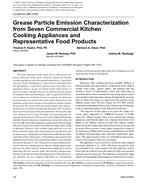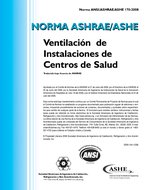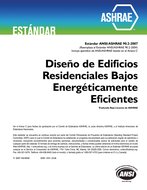Description
This paper is based on findings resulting from ASHRAE Research Project RP-1375.
The main objective of this study was to characterize the grease emissions from seven common commercial kitchen cooking appliances and associated food products: 1) gas-fired conveyor broiler (hamburger), 2) gas/electric clamshell griddle (hamburger), 3) gas-fired conveyor pizza oven (thin crust pepperoni pizzas), 4) gas over-fired broiler (beef steak), 5) electric steamer (chicken breasts), 6) solid fuel broiler fueled by mesquite charcoal (hamburger), and 7) a gas-fired Chinese wok cooking diced chicken breasts in peanut oil. Emission measurements were made in the center of the plume above each appliance at the lower entrance to an eight foot canopy exhaust hood and in the center of the horizontal exhaust duct approximately 6 feet (2 m) downstream from the hood collar. No filters were used in the hood for these measurements. Particulate data were obtained with 8-stage Personal Cascade Impactors for classification of particles between 0.5 and 15 µm and Scanning Mobility Particle Sizers for classification of particles from 20 nm to 0.8 µm. Most of the appliances generated relatively large amounts of mass associated with particles larger than 10 µm in diameter. However, most of these large particles were not observed in the exhaust duct indicating a loss mechanism such as impaction or settling between the bottom of the hood and the centerline of the exhaust duct. All appliances generated a well defined aerosol mode with a maximum number concentration between 36 nm and 173 nm. The particle size distribution associated with these small particles did not change appreciably between the plume and the exhaust duct sampling locations indicating that this aerosol mode had already reached equilibrium by the time it entered the exhaust hood. These fine aerosol particles are not captured efficiently by conventional commercial kitchen grease filters that rely on impaction as the main particle removal mechanism.
Units: Dual
Citation: ASHRAE Transactions, vol. 115, pt. 2, Louisville 2009
Product Details
- Published:
- 2009
- Number of Pages:
- 12
- File Size:
- 1 file , 1.2 MB
- Product Code(s):
- D-LO-09-010




